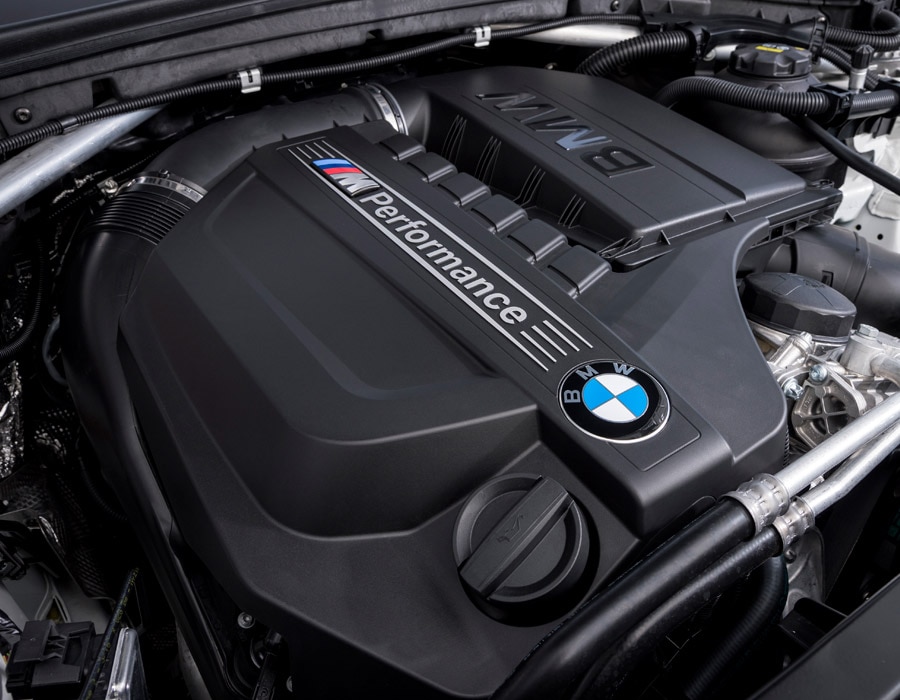Unveiling the Tricks Behind the Power of the BMW Engine
Unveiling the Tricks Behind the Power of the BMW Engine
Blog Article
Introducing the Intricacies of Next-Generation Power Units: a Deep Study Advanced Engine Innovations and designs
As we stand on the precipice of a new era in transport, the details of next-generation engine layouts bid us to check out the advanced innovations and technologies that guarantee to redefine the driving experience. Digging much deeper right into the worlds of emission control, intelligent engine monitoring systems, and the perspective of power system advancement, we discover ourselves on the cusp of a transformation that guarantees to improve the landscape of movement as we understand it.
Evolution of Engine Materials

The shift towards progressed engine products has actually additionally enabled engineers to develop engines with higher power outputs while preserving gas effectiveness standards. The use of light-weight materials decreases the general weight of the engine, leading to improved gas economy and lower emissions. Additionally, developments in materials technology have enabled better thermal management within engines, resulting in enhanced reliability and longevity.
Turbocharging and Supercharging Technologies
Exactly How do Turbocharging and Supercharging Technologies reinvent engine performance and performance in contemporary vehicles? Turbocharging and supercharging are innovations that significantly boost engine performance by increasing the quantity of air intake right into the combustion chamber. Turbocharging attains this by using a turbine driven by exhaust gases to pressurize the consumption air, while supercharging utilizes a belt- or chain-driven compressor to achieve the exact same effect.
These technologies enable smaller sized, more fuel-efficient engines to generate power equivalent to bigger ones, referred to as downsizing. By compeling more air right into the cylinders, supercharging and turbocharging enhance burning effectiveness, causing enhanced horse power and torque output without a considerable rise in engine size. This causes better velocity, towing capability, and total driving efficiency.
Furthermore, supercharging and turbocharging add to enhanced gas efficiency by enabling the usage of smaller sized engines that consume less gas under regular driving problems - bmw engine. This combination of improved efficiency and performance has made turbocharging and supercharging important parts of many modern engine styles
Discharge Control and Environmental Influence
With increasing worldwide worries pertaining to air quality and environmental sustainability, the application of discharge control modern technologies in automobiles plays an important function in minimizing unsafe pollutants released right into the environment. Modern automobiles are equipped with advanced exhaust control systems that assist reduce the ecological effect of automotive operations. Catalytic converters, for instance, are designed my link to convert harmful gases such as carbon monoxide gas, nitrogen oxides, and hydrocarbons into less dangerous substances like carbon dioxide and water vapor.
Moreover, innovations in engine technology, such as the integration of exhaust gas recirculation systems and discerning catalytic reduction, have actually link significantly contributed to decreasing exhausts. These innovations operate in tandem to enhance combustion effectiveness and reduce the release of hazardous contaminants into the air. Additionally, the development of crossbreed and electric lorries stands for an essential step towards decreasing the total ecological impact of the transport market.
Intelligent Engine Administration Equipment

Moreover, these systems allow cars to satisfy strict exhausts standards without jeopardizing efficiency, offering a more environmentally friendly driving experience. The integration of artificial intelligence and artificial intelligence abilities in engine administration systems remains to press the borders of what is possible, leading to more renovations in efficiency, integrity, and overall car performance. bmw engine. As automotive innovation breakthroughs, intelligent engine management systems will play a crucial duty in shaping the future of transport towards a more efficient and lasting direction
Future Trends in Power System Advancement
As intelligent engine management systems pave the means for enhanced control and visit this page optimization in modern-day automobiles, future patterns in power device advancement are poised to redefine the landscape of vehicle propulsion technologies. These alternative power resources provide enhanced efficiency and efficiency while straightening with strict environmental guidelines.
One more considerable trend is the assimilation of sophisticated materials and manufacturing techniques. Light-weight materials such as carbon fiber and light weight aluminum are being made use of to minimize general car weight, improving fuel performance and performance. In addition, developments in 3D printing and additive manufacturing are enabling the manufacturing of intricate engine parts with greater accuracy and toughness.
Moreover, expert system and maker discovering are playing a vital role in maximizing power unit performance. These technologies permit real-time tracking and flexible control, resulting in a lot more efficient and dependable power delivery. In general, future trends in power system development are geared in the direction of sustainability, efficiency, and performance, driving the auto industry towards a brand-new age of propulsion modern technologies.

Verdict
In verdict, the improvements in engine products, turbocharging, discharge control, and intelligent administration systems have led the way for next-generation power units. The detailed layouts and advancements in modern engines display the continuous evolution of automobile technology.
Checking out the progressive improvements in engine products has been critical in enhancing the efficiency and efficiency of contemporary engines. Over the years, the advancement of engine products has actually played a crucial duty in pushing the borders of what engines can attain.The shift towards progressed engine materials has actually likewise enabled designers to make engines with higher power results while maintaining fuel efficiency requirements.The application of intelligent engine administration systems in modern automobiles has actually changed the method engines are controlled and optimized for efficiency and effectiveness. By gathering data in real-time and assessing it with innovative formulas, smart engine administration systems can adjust to driving styles, ecological variables, and engine wellness to maximize power result while reducing gas consumption and discharges.
Report this page